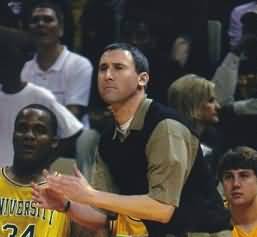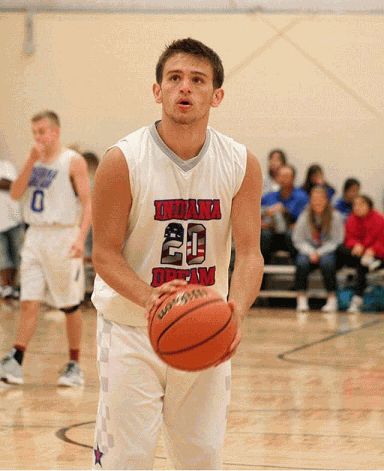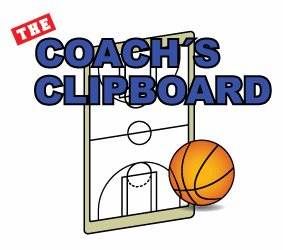Foul Shooting - by Ari Fisher
The Coach’s Clipboard Basketball PlaybookAri Fisher has coached on all levels except professionally. He started his career as the third assistant at LSU during the tenure of Dale Brown. He was on staff for four seasons; two as a GA and two as restricted earnings coach from 2003-06.
Coach Fisher was also the Head Boys' Basketball Coach and Associate Athletic Director at University Lab School from 1997-2008. His teams won Louisiana High School Class AA State Championships in 2002 and 2004. He was selected district coach of the year four times (1998, 2002 – 2004) and state coach of the year in 2004. His 2004 team finished ranked # 17 nationally.

Coach Ari Fisher
Afishe@lsu.edu or af2002004@gmail.com
Many coaches find foul shooting an enigma. Players shoot high percentages in practice and not in games. Players shoot well in home games verses away games. Players swish ten consecutive shots but miss six of the next ten. Every team on every level practices it daily yet results can befuddle a coach.
No magic remedy exists for consistent foul shooting. It is an inexact art; however, coaches can provide tips to players and improve odds of converting better percentages.
First and foremost, emphasize the importance of adhering to a set routine for every attempt. Allow the player to find something he/she finds comfortable. The coach should then observe to ensure the player always uses the exact process for all foul shots. Commonly players select something with which they are confident; increasing chances of success.
Secondly, coach each player to view the rim as long as possible prior to shooting. Often players will shoot and see the rim simultaneously. Common sense dictates if someone looks at the target before shooting he/she will have a better opportunity to convert.
Finally, foul shooting is mental. Beware of over analyzing, showing frustration, or even berating because of individual or team inconsistency. Theoretically, it is an open chance with no defense and least ten seconds to launch a try. However, it can be terrifying should players miss because during attempts every eye in the gym is watching the shooter.

- 3 shots from 3 feet (demand all three shots made 'clean'- no rim)
- 3 shots from 5 feet (demand all three shots made clean)
- 3 shots from 7 feet (demand at least two shots made clean)
- 3 shots from 12 feet (demand at least two shots made clean)
- 3 shots from 14 feet (heels touching bottom of foul line/demand at least two shots made clean)
- 5 normal foul shots from the line (demand at least two shots made clean)
- 3 shots from 3-point line (heels touching the bottom of the arc/demand at least one shot made clean)
- 5 normal foul shots from the line (demand at least two shots made clean)
- 2 shots from 14 feet (demand at least one shot made clean)
- 2 shots from 12 feet (demand at least one shot made clean)
- 2 shots from 7 feet (demand both shots made clean)
- 2 shots from 5 feet (demand both shots made clean)
- 2 shots from 3 feet (demand both shots made clean)
Coaches can use imagination to increase foul shot pressure on players in a variety of practice settings. The progression does not have to be used daily but should be part of practice at least once weekly.
Finally, maintain a positive attitude toward free throw shooting. I doubt any coach wants a player at the free throw line with a sense of dread and no confidence because no positive reinforcement has been given. It can drive coaches crazy, but we are the adults and must realize players with confidence typically perform better in any aspect of any sport.
Related pages:
- How to Become a Good Free-Throw Shooter
- Free-Throw Shooting Drills
- Shooting Free-Throws, by Dr. Hal Wissel




